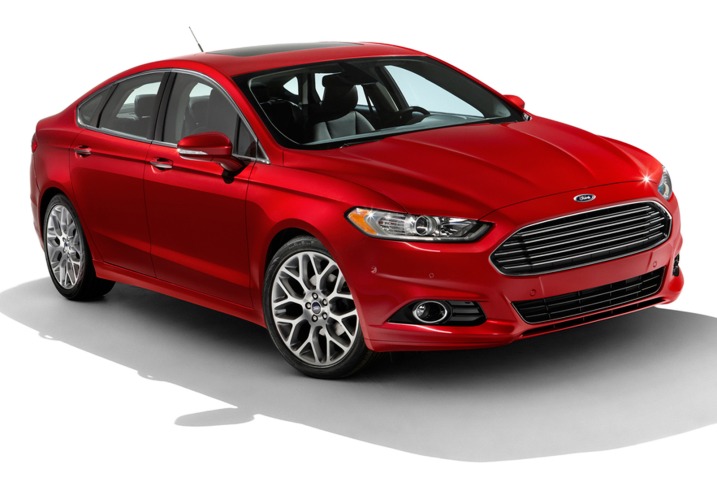Ford to Build Biometric Sensors as Driver Assistance System
Ford believes it has identified the next big thing in driver assistance programs.
The company foresees in-car sensors that "can monitor the perimeter around the car and see into places that are not readily visible from the driver's seat."
The car maker said that it is working with real-time (biometric) sensor data that are radar and camera-based that can help to evaluate the potential effects on a driver. For example, traffic congestion could elevate the stress level of a driver and the system may decide to kill an incoming phone call. A 2013 Ford Fusion has been equipped with a total of 74 sensors that showcase the technology.
There is little doubt that the car industry is searching for the most suitable driver assistance system that goes beyond today's lane departure control, active cruise control and braking systems, without removing the authority to make driving decisions from the driver. There seems to be a lot of trial an error going on as Ford demonstrated just last year a technology that would connect (Ford) vehicles on the street via a Wi-Fi network to enable an advanced positioning system that could warn drivers of a potential collision course of two or more vehicles and, if necessary, force the cars to a stop.
We were told that project has been abandoned. However, biometric sensor upgrades in a vehicle appear to be a logical step above the current high-end driver assistance systems.
Get Tom's Hardware's best news and in-depth reviews, straight to your inbox.

Douglas Perry was a freelance writer for Tom's Hardware covering semiconductors, storage technology, quantum computing, and processor power delivery. He has authored several books and is currently an editor for The Oregonian/OregonLive.
-
dextermat In the 90's they said we would have flying cars by the year 2000....Reply
We live on a throne of lies!!!!! lol -
DRosencraft It's fairly obvious the most desired implementations of this technology, if fit reaches implementation, will be from MADD and the like for killing the engine if the driver is drunk, or sleeping. The ultimate will probably need that you go to your local dealer and get your biometric signature registered in your car so that all you need to start/drive it is to get into it, and potentially prevent anyone from stealing it.Reply -
juanc I'm stuck in traffic... waiting. So the system believes I'm stressed and it kills an incoming call, and I loose business. Thanks FORD. I think someone is going to sue you.Reply -
CaedenV Ford, you have it backwards. I want the car to drive itself so that I can take the phone call. Don't block an important call so that I can drive better!Reply
dextermatIn the 90's they said we would have flying cars by the year 2000....We live on a throne of lies!!!!! lolWell, they made flying cars by the year 2000. Problem is that it becomes an aircraft, you need a pilots liscense, and the 'car' needs to be taken completely apart every year for inspection (and the owner gets to pay for that inspection too). So ya... you can buy a flying car, but nobody can afford to keep it flying. -
fimbulvinter juancI'm stuck in traffic... waiting. So the system believes I'm stressed and it kills an incoming call, and I loose business. Thanks FORD. I think someone is going to sue you.Reply
Loose business is the worst. Keep it on a leash! -
robochump dextermatIn the 90's they said we would have flying cars by the year 2000....We live on a throne of lies!!!!! lolReply
I can live without flying cars for awhile. Our current World with God awful drivers is not ready for it yet!!! -
WyomingKnott CaedenVFord, you have it backwards. I want the car to drive itself so that I can take the phone call.Brilliant. You've identified the user-friendly solution, not the easy tech fix. If only more product designers thought with this end forward.Reply
On the other hand, "Driver is stressed. Eject parent-in-law!"
